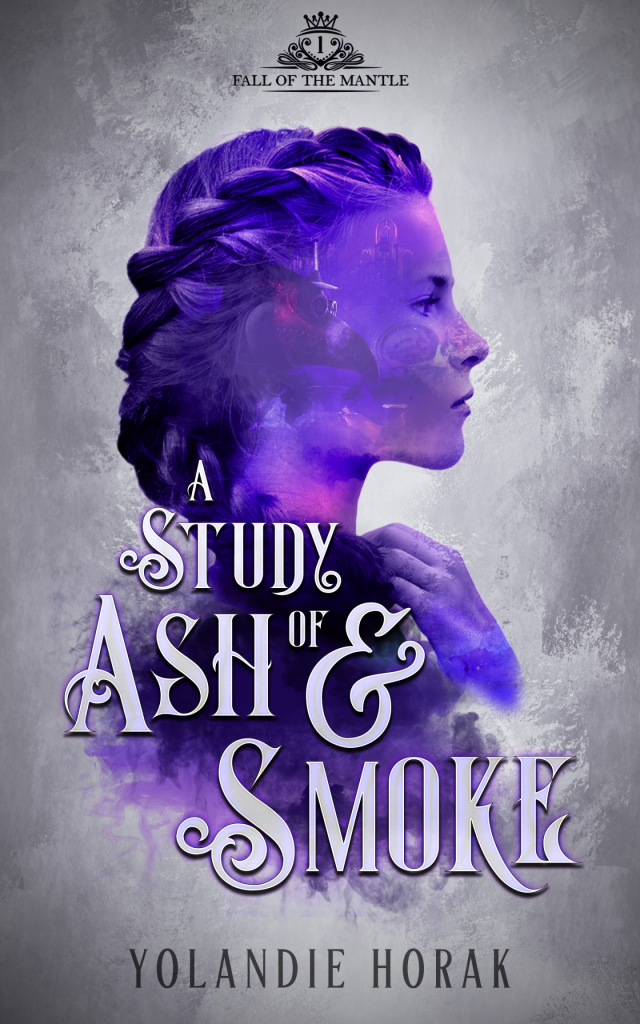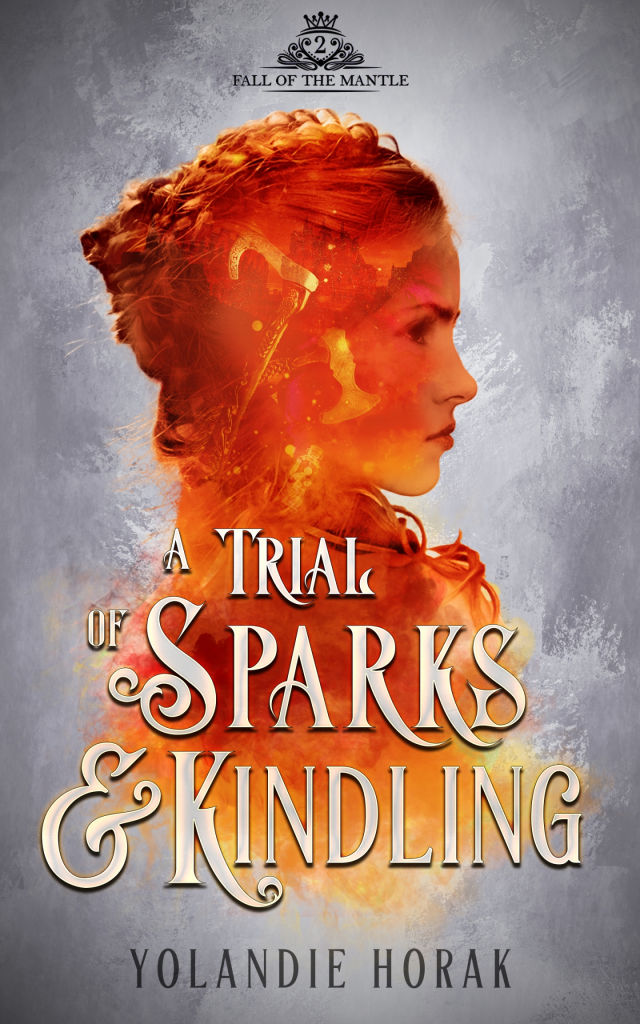From a fright when the spider lands on your arm, to being scared of the weird guy on the blind date, to full-blown terror when a dragon sticks its head out of the cave and you left your sword at home, fear is one of the most complex emotions that we’ve all had to deal with in our everyday life. Unfortunately, this one isn’t reserved for traumatic events. It’s also guaranteed to be in most manuscripts, regardless of genre. Any good book has a moment where the character is afraid – a little or a lot, it doesn’t matter – so this keeps the clichés rolling in.
The good news is that you can actually plan the responses your characters will have to fear in advance, in the plotting phase. You need to understand them to understand their fears (which often go hand in hand with their motivations). Do they have a specific phobia? Do they suffer from PTSD? Are they just easily frightened? When you understand what motivates their fear, you’ll know with what intensity the emotion (or sub-emotions of fear) must be portrayed.
Fear seemed like a natural progression from excitement and nerves, since those emotions share so many traits with anxiety, which is often a direct result of fear. Because of that, you’ll see some anxious traits in this post too. I also have a pretty comprehensive breakdown of my personal experience with panic attacks, which might help with writing those.
A last note before we start. The most effective way to portray a character’s fear isn’t to show just their physical responses in the moment. When you sprinkle little snippets of what they’re afraid of throughout the story, the reader will not only know the character is afraid, but will be afraid for the character when the moment of truth arrives. For example, we all know Indiana Jones isn’t afraid of much, but he hates snakes. We follow him through many situations where normal characters would have flipped out, but he keeps his cool. Then, when he’s faced with snakes, we all know he’s scared shitless, and we feel it too. It’s always a good thing when the reader is immersed enough to feel what the character is feeling, amiright?
Fearful Body Language and Speech
- Drawing back. Either retreating a few steps, or remaining in the same place, but pulling back the torso (flight).
- Maintaining a large area of personal space. If the character is afraid of a specific person or thing, they’ll take care to keep their bodies facing slightly away from the person/thing, ready to dash if needed.
- Another flight trait shows in any movement that covers the face or torso. This is a subconscious action to protect oneself and usually goes along with actions that make the character seem smaller, like slouching or shoulders drawn together. Hands over the heart, arms crossed over the chest or stomach (usually when the character also hunches), hiding the face in the crook of the elbow, or covering the face with both hands, hands stretched out in a ‘stop’ gesture etc. When sitting, the character might pull their legs up and hide their face behind the knees, cross their legs, or sit on their legs while bent over so their forehead can touch the ground (especially when hiding).
- The character might become more aggressive, and might puff out their chest or spread their legs in a stance that prepares them to fight.
- Characters who become aggressive when afraid might advance on, or even attack, the person/thing causing their fear.
- Freezing in place. Stoic characters or characters trying to hide their fear will often freeze, but since these are usually characters who are more thoughtful or cunning overall, they’ll keep thinking of a way out. As always, these characters will try their best to seem calm, so they’ll often have a relaxed stance. The tells will be in microexpressions, the tightening of muscles, hair rising, rapid breathing and colour draining, which aren’t so easily hidden.
- Acting out of character. Independent characters might become more clingy and needy, timid characters might become more vocal or might even take lead of the situation, and strong characters might become subservient, allowing others to tell them what to do. Fear will allow some characters to become calm and levelheaded.
- When survival instinct kicks in, some characters might stop caring about the fate of others, their own safety takes priority. Other characters will care less about themselves and more about others. Adrenaline might cause reckless behaviour in both cases.
- Clumsiness and fumbling.
- Flinching.
- Balled fists, or fists rhythmically opening and closing.
- Shaking hands.
- Hands thrown in the air.
- Clutching at other characters or objects.
- Like with nervousness, rubbing and self-soothing, or putting clothing, fingers, hair or objects in the mouth.
- Rocking from side to side or any kind of swaying motion.
- Biting fingernails.
- Fidgeting or squirming.
- Avoiding eye contact OR the inability to stop staring at someone/something.
- Paleness.
- Goose bumps.
- Excessive sweating.
- Heavy breathing.
- Shaking the head.
- Speaking quickly, half-forming words.
- Repeating words or phrases.
- Saying inappropriate things, joking or randomly laughing.
- Speaking only when the character has no other choice, and then only in single words or short sentences.
- A character might also be unable to stop speaking.
- Dry, husky voice, OR a high-pitched, shrill voice.
- Speaking very softly, mumbling.
- Sharply inhaling, or hissing.
- Screaming.
- Crying.
- Many characters will go completely limp when their fear is spent.
Fearful Expressions
- Eyes wide open, showing a lot of the sclera.
- Eyebrows raised, but drawn together.
- The eyebrows could also be raised but kept straight.
- Open mouth, with the lips tight. This is different from surprise in that a surprised mouth opens up like an ‘O’, while a scared mouth kind of flattens into a sideways oval. The corners of the mouth pull back and the lips might cover the front teeth.
- A quivering mouth.
- Licking lips.
- Biting lips.
- Jaw clenched with exposed teeth.
- Flaring nostrils.
- Dilated pupils.
- Rapid blinking.
- Wincing.
- If they’re trying to hide their fear, they might smile. The fake smile doesn’t crinkle the corners of the eyes and seems tight.
What Fear Feels Like
- Cold hands or feet.
- Tingling skin.
- Heart palpitations.
- Rapid breath, feeling like you can’t breathe.
- Chest pains.
- Blurred vision, or black spots at the edges of your vision.
- The sensation of choking.
- Lightheadedness or dizziness.
- Being unable to think clearly, OR being too aware of everything around you and being unable to stop thinking.
- Hypersensitivity.
- Nausea or an upset stomach.
- Feeling the need to urinate.
- Dry mouth.
- Tight muscles.
- Shaking.
- Being unable to sleep.
- Skin that itches (some characters might break out in hives when in situations that cause excessive fear).
- Cold sweat.
- Thought spirals.
- Feeling numb or removed from the situation.
- Feeling irritable.
- Feeling trapped or as if you have no control.
- Feeling unable to speak.
- Being unable to move, OR being unable to stop moving.
- Feeling as if everything around you is moving slowly, while you’re moving too fast.
- Being more aware of the passage of time.
If you’d like to revisit the other posts in this series, have a look here. I’ll be back with another emotion in two weeks. 🙂
Until next time.
Yolandie.





One response to “Let’s Write Fear”
[…] For more Ideas about writing fear see: Writing about fear […]
LikeLike